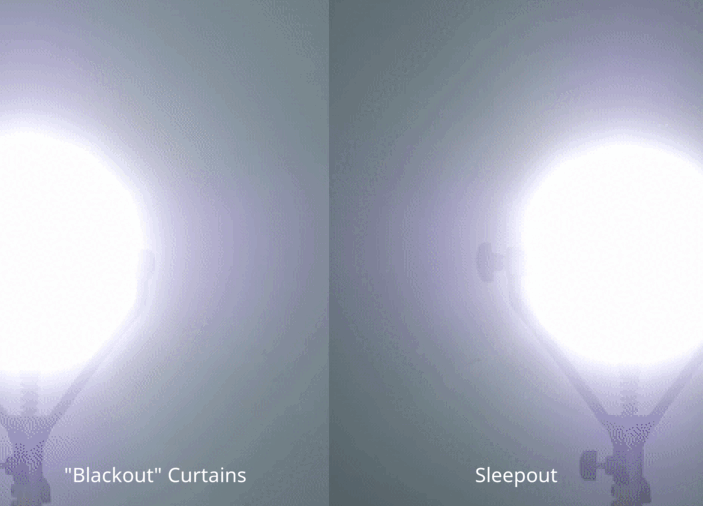The arrival of a baby is a joyous occasion, but it comes with its unique set of challenges, one of them being sleep patterns. Particularly, the 4-month sleep regression can be a taxing phase for both new parents and babies. During this period, babies experience a significant change in their sleeping patterns, and many parents report increased difficulty as their babies often want to be held to fall asleep. Here, we'll explore what 4-month sleep regression entails and offer practical tips to manage this phase, ensuring both you and your baby get the rest you need.
Understanding 4-Month Sleep Regression
At around four months of age, your baby's sleep patterns shift significantly. This change is primarily because their sleep cycles begin to mature, resembling those of adults. These cycles include more frequent transitions between light and deep sleep. Consequently, babies are more likely to wake up during these transitions and, not yet knowing how to self-soothe, they often seek comfort by being held.
This regression is a normal stage of development and indicates that your baby is making essential progress in terms of growth and brain development. However, it can disrupt the sleep routine you’ve previously settled into. Understanding this is key to managing the phase effectively.
Signs of 4-Month Sleep Regression
Spotting the signs of sleep regression early can help you manage it more effectively. Common indicators include:
- Increased fussiness or irritability
- Multiple awakenings during the night
- Resistance to naps during the day
- Increased clinginess or need to be held
Tips for Managing 4-Month Sleep Regression
While the 4-month sleep regression can be challenging, there are strategies that can help ease this period for both you and your baby.
Establish a Comforting Bedtime Routine
A consistent bedtime routine is comforting for babies and can help signal that it's time to wind down. Include activities like a warm bath, a gentle massage, or quiet storytime. The key is consistency and making sure that the activities are soothing and not overly stimulating.
Create an Ideal Sleep Environment
Creating a conducive sleeping environment is crucial. The room should be cool, quiet, and dark. If your baby is particularly sensitive to light or there are street lights near your home, consider installing blackout curtains. Sleepout Home Blackout Curtains can be particularly effective in creating a pitch-dark environment that mimics the night, helping to encourage deeper sleep.

Encourage Daytime Activity
While it’s important to avoid overtiring your baby, ensuring they get appropriate activity during the day can help them sleep better at night. Age-appropriate play and interaction can not only aid in their development but also help burn off energy, making them more ready for sleep at night.
Learn and Use Soothing Techniques
Soothing your baby back to sleep without holding them can involve several techniques. Gentle pats or rubs on the back, soft music, or white noise machines can be very effective. The goal is to help your baby learn to fall asleep independently over time.
Keep Feeding and Sleep Schedules Consistent
Try to keep feeding times consistent, especially before bedtime, to establish a routine that your baby can rely on. Additionally, make sure your baby gets enough to eat during the day to avoid nighttime hunger.
Consider Sleep Training
If the usual tips don’t seem to work, it might be time to consider sleep training methods. There are various approaches like the Ferber method or the chair method, which can be effective depending on your baby's personality and your parenting style.
Ongoing Support and Adjustments
The 4-month sleep regression is a temporary phase, and with the right strategies, it will pass. However, it's important to remain flexible and adjust your approach as your baby grows and changes. What works one week might not work the next, so stay adaptive and responsive to your baby’s needs.
Conclusion
Dealing with the 4-month sleep regression is undeniably challenging, but with patience and the right strategies, you can help your baby (and yourself) get through it. Remember to take care of yourself as well during this time. If you’re well-rested and calm, you’ll be better equipped to handle the challenges that come with this developmental phase.

By implementing these tips and focusing on creating a soothing environment for sleep, you’re setting up a foundation for healthier sleep habits that will benefit your child in the long term.
Sleep regression can test your patience, but with the right mindset and tools at your disposal, you’ll find that this too shall pass.

